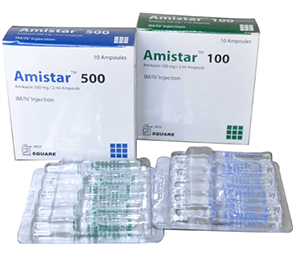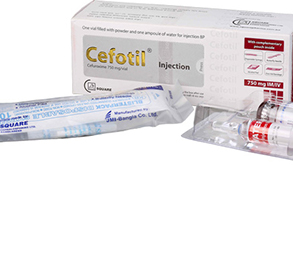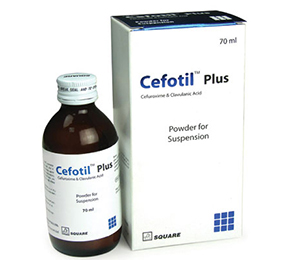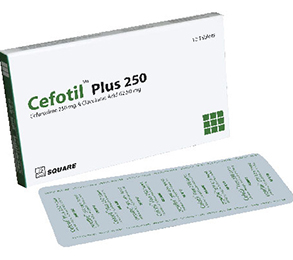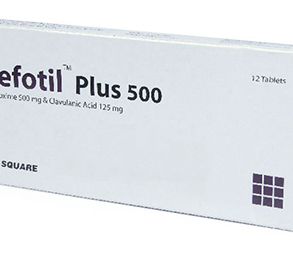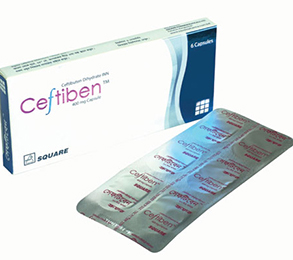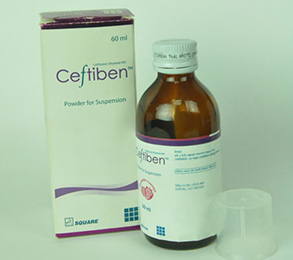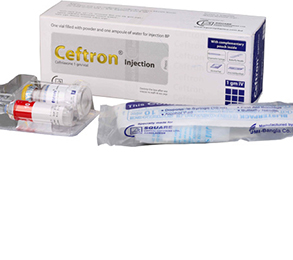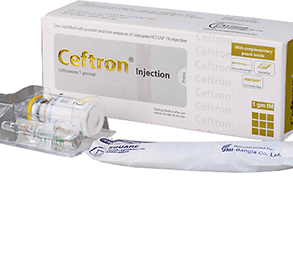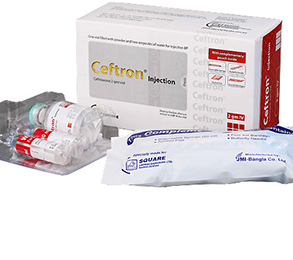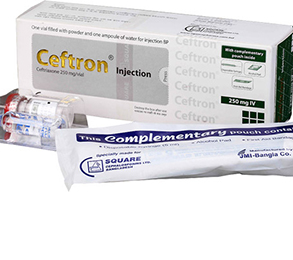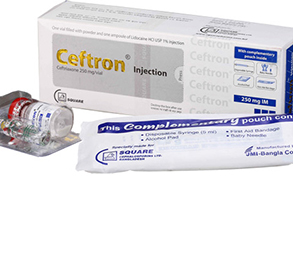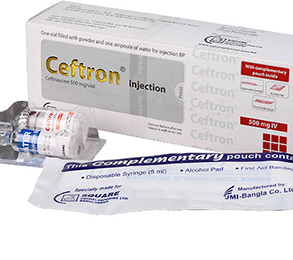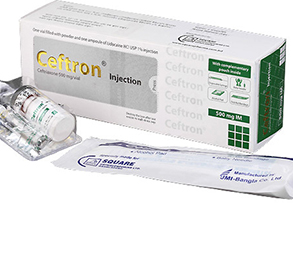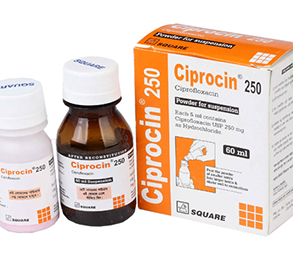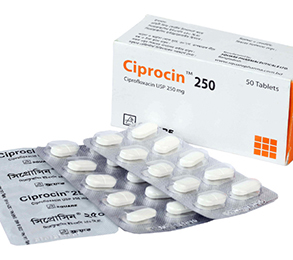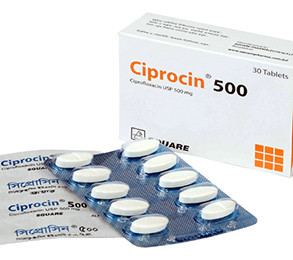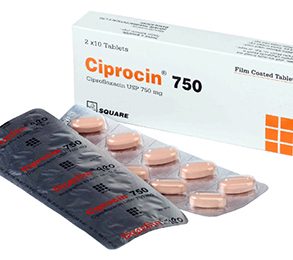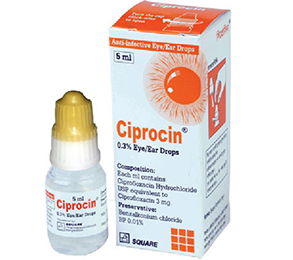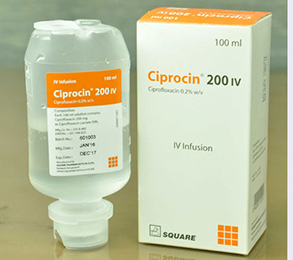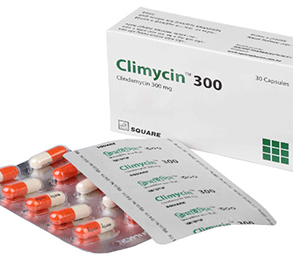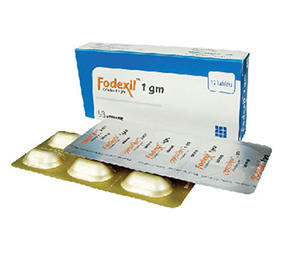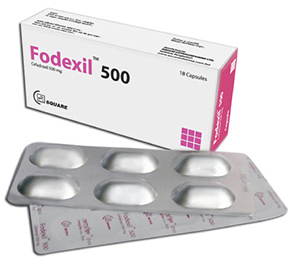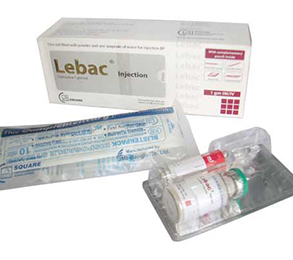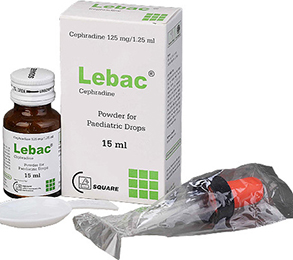Rubicin 20 mg IV Infusion 1 Pcs
Alternative products
Daunorubicin
Indications
Daunorubicin in combination with other approved anticancer drugs is indicated for remission induction in acute nonlymphocytic leukemia (myelogenous, monocytic, erythroid) of adults and for remission induction in acute lymphocytic leukemia of children and adults.
Pharmacology
Daunorubicin forms a stable complex with DNA and interferes with the nucleic acid synthesis. It is a cell-cycle nonspecific agent, but its cytotoxic effects are mostly marked in the S-phase. It also has immunosuppressant and antibacterial effects.
Dosage & Administration
Intravenous-
Acute leukaemias:
- Adult: 30-45 mg/m2 BSA daily on days 1-3 of the induction course and days 1 and 2 for the subsequent courses. Admin as a solution in 0.9% sodium chloride into a fast-running infusion of sodium chloride or glucose. May repeat course 3-6 wk later. Max (total cumulative dose): 550 mg/m2 in patients without risk factors for cardiotoxicity and 400 mg/m2 in patients who have received chest radiotherapy.
- Child: For acute lymphoblastic leukaemia: 25 mg/m2 BSA once wkly in combination with other regimens. <2 yr old or BSA <0.5 m2: 1 mg/kg once wkly. Max (total cumulative dose): 300 mg/m2 and in children <2 yr: 10 mg/kg.
AIDS-related Kaposi's sarcoma:
- Adult: As the liposomal formulation: Initially, 40 mg/m2 once every 2 wk, diluted in glucose 5% to a concentration of 0.2-1 mg/ml and given over 30-60 minutes. May continue for as long as disease control can be maintained.
* চিকিৎসকের পরামর্শ মোতাবেক ঔষধ সেবন করুন'
Interaction
Increased risk of cardiotoxicity when used with cyclophosphamide. Increased risk of hepatic toxicity when used with hepatotoxic drugs e.g. high-dose methotrexate.
Contraindications
Heart failure. Pregnancy, lactation.
Side Effects
GI disturbances; stomatitis; alopoecia and dermatological reactions. Extravasation of daunorubicin may cause severe local tissue necrosis damaging surrounding muscles, tendons and nerves. IV infusion, back pain, flushing and chest tightness.
Pregnancy & Lactation
Pregnancy Category D. There is positive evidence of human foetal risk, but the benefits from use in pregnant women may be acceptable despite the risk (e.g., if the drug is needed in a life-threatening situation or for a serious disease for which safer drugs cannot be used or are ineffective).
Precautions & Warnings
Regular blood count and ECG monitoring; elderly, children. Hepatic or renal impairment may increase risk of toxicity. Pre-existing cardiac disease and previous treatment with doxorubicin. Myocardial toxicity leading to potentially fatal congestive heart failure may occur during therapy or mth to yr after therapy cessation. Incidence of myocardial toxicity increases after total cumulative dose exceeds 400-550 mg/m2in adults, 300 mg/m2 in children >2 yr, or 10 mg/kg in children <2 yr. Risk of severe myelosuppression leading to infection or haemorrhage.
Use in Special Populations
Renal Impairment: Based on serum-creatinine concentrations: 105-265 micromoles/l: 75% of the usual dose; >265 micromoles/l: 50% of the usual dose.
Hepatic Impairment: Based on serum bilirubin concentrations of 12-30 mcg/ml: 75% of the usual dose; >30 mcg/ml: 50% of the usual dose.
Overdose Effects
Severe myelosupression, cardiotoxicity with or without transient reversible ECG changes leading to CHF. Treatment is supportive and symptomatic.
Therapeutic Class
Cytotoxic Chemotherapy
Storage Conditions
Powder for inj: Store at 15-25° C. Solution for inj & liposomal inj: Refrigerate at 2-8° C. Do not freeze.
- Type Intravenous
- Tag
- Morbi leo risus
- Porta ac consectetur ac
- Vestibulum at eros



